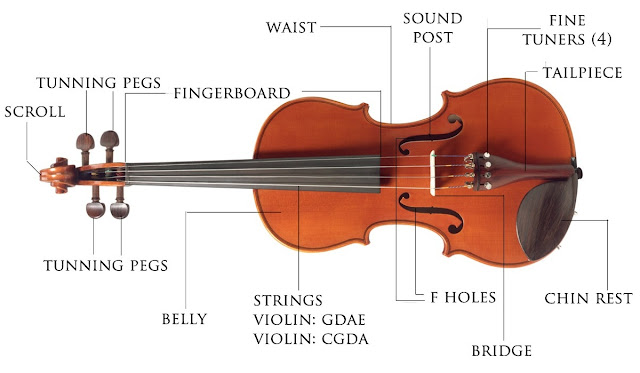Speed Paint Challenge #12
The Brass City / The Trumpet District
Need more inspiration? Visit the original YPGTTO brief here.
Trumpet: The trumpet is constructed of brass tubing bent twice into a rounded oblong shape. It has the highest register in the brass family. As a signaling device in battle or hunting, trumpets have a very long history, dating back to at least 1500 BC. The trumpet’s sound is metallic, bright (but also dark in the lower register), intense, brilliant, powerful and stately.
You can listen to the extract (below) as many times as you like. We don't want literal images of the instruments associated with the extracts, but we do want your concept paintings to associate with the shapes, forms, structures, mechanisms, colours, materials and special characteristics of the specific instrument - and the moods evoked by the music extract itself.
We do want to get a sense of spaces and places - of being 'within' these various districts of our Kingdom Of Sound.
Think of the relationship between the instrument and the extract in the following way: the structure, shapes, mechanisms and movement of the instrument gives you your vocabulary of architectural components, and the music extract gives you the art direction (i.e. the mood, colour palette, composition etc.)
In regards to setting up your speed paints in Photoshop - a few basic rules: can you ensure you're working at the following settings: 2560 pixels x 1440 pixels / 300dpi.
Feel free to go even more panoramic if your vision demands it and feel free to flip between landscape and portrait as your imagination requires. Once you've completed your digital painting(s), can you upload it to your blog entitled YPGTTO Speed Paint Challenge, and include the number and title of the challenge too: YPGTTO Speed Paint Challenge 12 : The Trumpet District
Please can you keep all your original Speed Paint files safe and sound in a folder, as I'll be collecting them in as an archive of the project at the end of the challenge.
Young Person's Guide To The Orchestra, Op. 34 - Trumpets / Benjamin Britten
Need more inspiration? Visit the original YPGTTO brief here.
















































